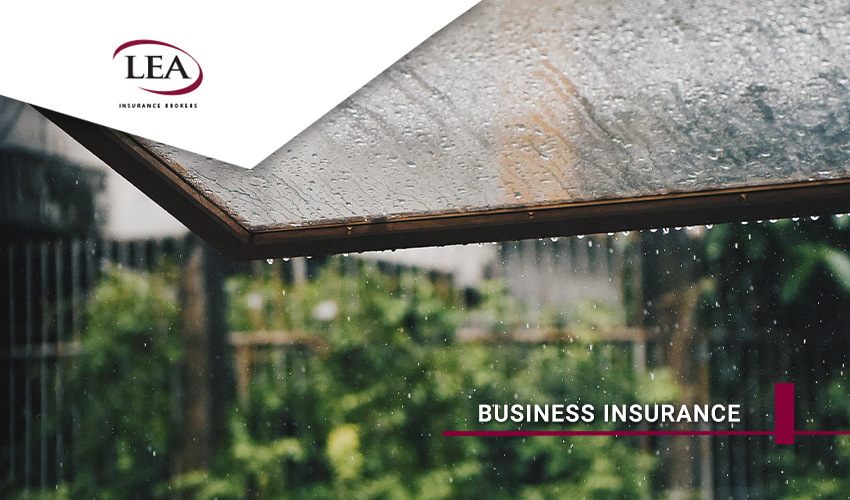
Is your business waterproof? Here’s your storm preparation checklist
And they’re becoming more frequent and severe, according to a report by IAG in partnership with the US National Center for Atmospheric Research. Plus, cyclones are moving faster, meaning even less time to prepare for their onslaught. We’ve delved into the research to bring you this checklist to help protect your business against what the future could deliver.
Your storm prep checklist options
Start preparing now for the storm season and you’ll have peace of mind you’re bolstering your risk management. Here’s how – ponder these questions:
- What’s the flood risk to your business premises? Check with your local council or the official Australian Flood Risk Information Portal.
- How’s your business continuity planning going? If you’re starting from scratch, check out these templates from the Australian Business website. Ideally, you’ll have a copy of your business data and records stored safely at another site or on the cloud. This ATO website has some great tips. Brainstorm with your staff and other local businesses about how you’ll prepare. It’s easy to forget to secure or remove external business fixtures and furniture – make sure you’ve got a reminder in your plan to perform a perimeter check.
- If you have stock, how and where will you move them for storage out of the floodway or storm surge? If you can’t, do you have supplies and gear to sandbag and board up your premises? Laying plastic sheeting is useful, too. Is someone clearing your gutters regularly as well as checking the electrical wiring and for structural cracks?
- Heard of flood-resistant shop and business premises fit-outs? These customised planks, gates and windows with a higher water resistance rating are guaranteed to keep you dry.
- What’s in your emergency essentials kit now and what will you need to put into it on disaster day?
- How can you strengthen your local businesses network to support each other before, during and after a storm?
- Do your staff know what to do if a storm hits your workplace? Do you review your storm plan with them regularly and make sure they have the right skills? Gone through the paces to rehearse what you’ll do as a team? Are new staff on board with the plan, too? Ensure staff know who’ll do what and when. Your business continuity plan should include contact details for all key employees and contractors.
- What’s your thinking about how you’ll clean up your business plan after a storm?
- How are you catering for a storm forcing you to close your business and for how long? Have options handy for alternative premises and suppliers plus how you’ll keep staff in the loop after the storm.
- In the wake of the storm, how will you record what you’ve learnt in the process – what worked, what didn’t – to shore up your plan for next time?
- Do you have a nest egg, or even better, insurance to protect your business and cover repairs, replacements, etc. before your business can fully operate again. Check the fine print of your commercial property insurance with us, as your broker, to make sure it’s up to date.
Protection for storm risks
Often businesses underestimate how long it will take to resume full operations. Think about storms bringing rain, leading to flooding. For example, the 2011-12 Queensland floods forced businesses to close for eight days on average. Other direct impacts were water inundation or damage to premises/equipment and power loss. Indirect impacts included their suppliers/customers being affected, staff not being able to come to work, and a depressed economy, reducing business sales and profitability. Despite the disruption, you’ll still have fixed business costs to pay.
That’s why customised commercial property insurance could be a good fit as part of a policy package to cover your business – its premises and equipment – in the event of storms. You can even claim this insurance as business expenses at tax time.
The only impact to your business from a disaster you’d want is a storm in a teacup, so get your cuppa and let’s talk about preparation to reduce your risks.
